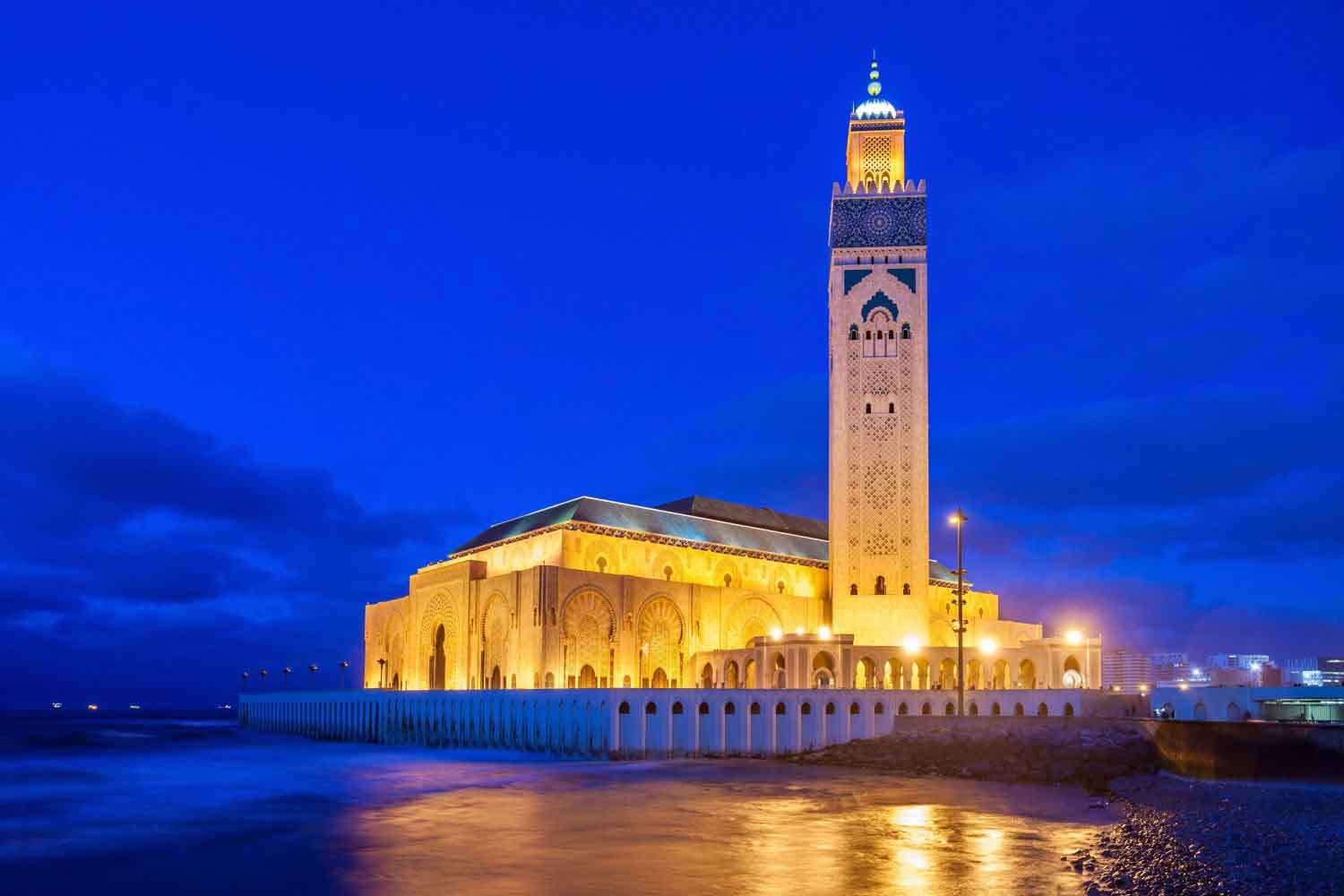
Duis rutrum nisl urna. Maecenas vel libero faucibus nisi venenatis hendrerit a id lectus. Suspendissendt molestie turpis nec lacinia vehicula.
168/170, Avenue 01
Mirpur DOHS, Bangladesh
Copyright 2023 Morocco Travel Land | Design By Astute Dinasty Lda

